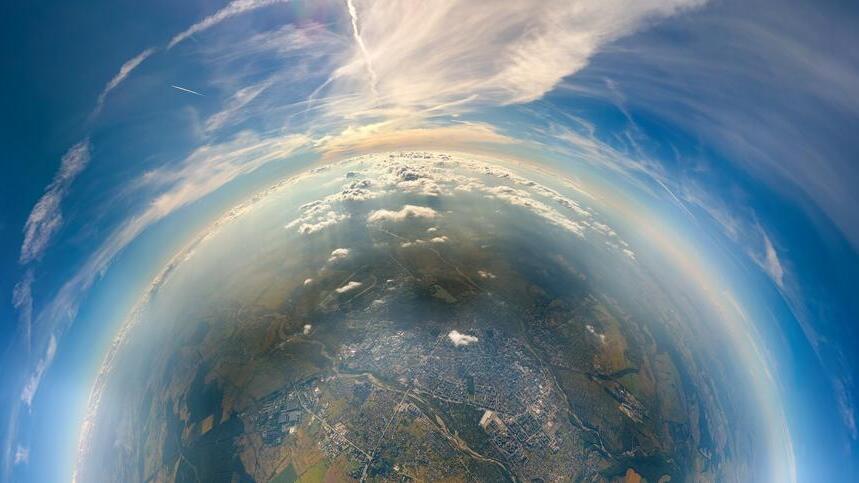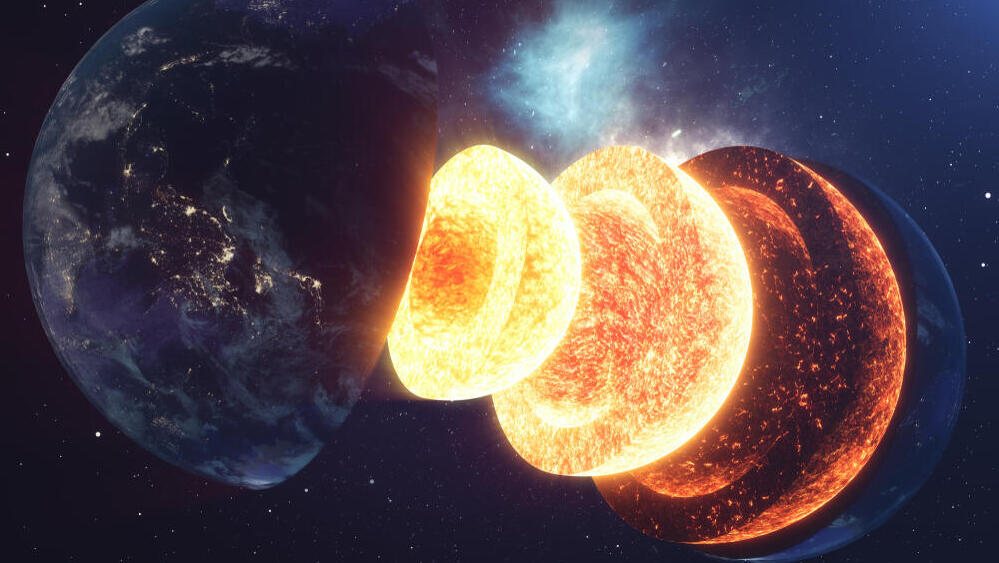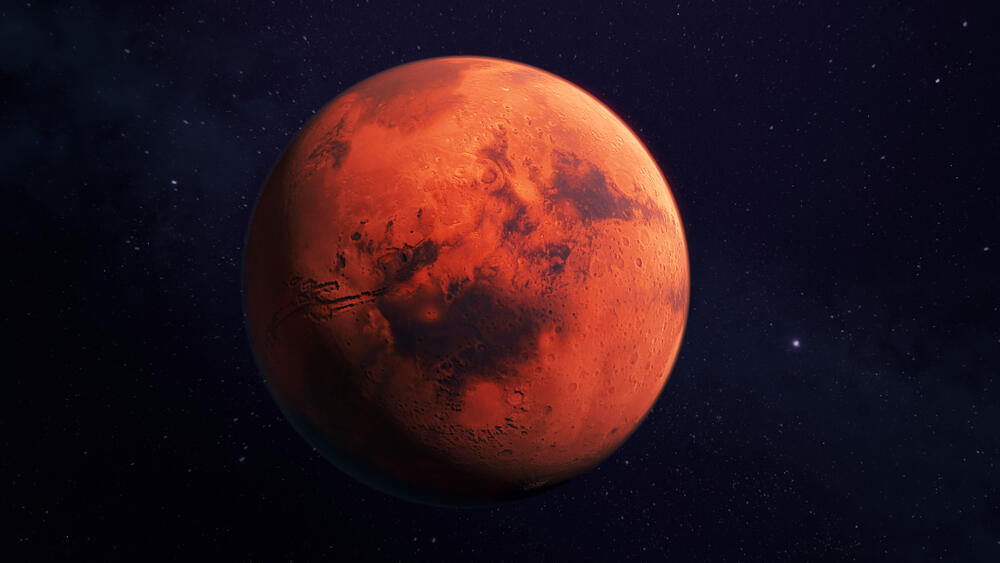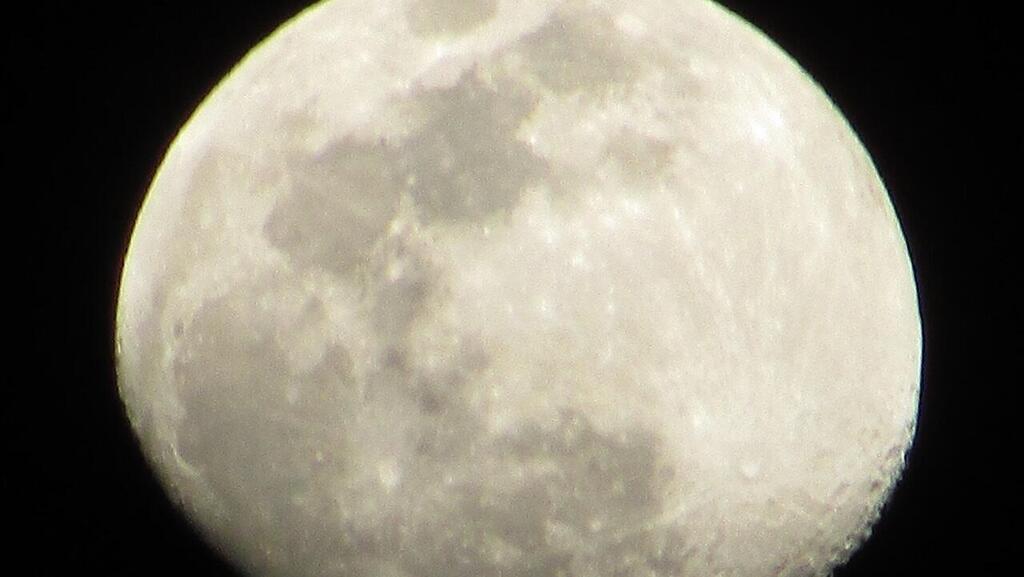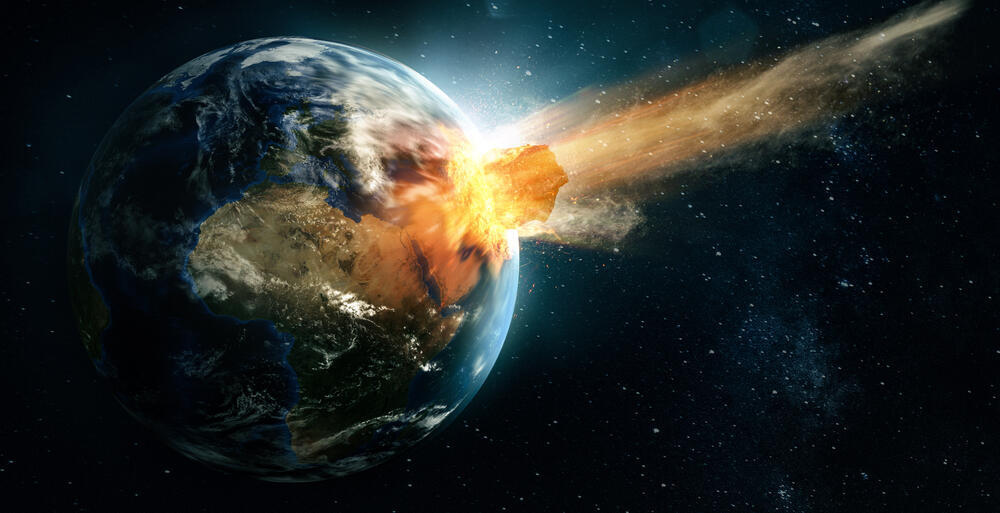The Earth was formed through a complex process that set the foundation for many of the properties we see around us today. Since the Earth is the only planet we are intimately familiar with, most of our understanding of planet formation is derived from it.
Related stories:
The Earth is part of a group of planets that formed together, alongside the Sun, and they significantly influenced each other during their evolution. Therefore, to truly comprehend how the Earth came to be, we must understand what happened during the early stages of the entire Solar System.
The Solar System originated from a nebula, which is an interstellar cloud of gas and particles that sometimes extends across vast distances of even hundreds of light years.
The nebula’s structure is sustained through hydrostatic equilibrium, that is, a balance between two opposing forces acting within it: the gaseous pressure (the gas’s tendency to spread and disperse through space and the interparticle gravitational forces that attract particles towards each other.
When something disrupted this delicate equilibrium, likely a shock wave from a nearby supernova, the gravitational forces overcame the pressure, and the particles constituting the nebula were pulled towards its center of gravity in a process known as gravitational collapse.
Most of the matter making up the collapsing nebula accumulated in its center, eventually forming the Sun. However, a very small portion of the matter continued to spin around the Sun, forming a new, small nebula called the “Solar nebula”. It was from this matter that the planets eventually formed.
The composition of these protoplanets was not uniform. The strong solar wind present in the inner regions of the Solar System prevented volatile gasses such as hydrogen and water vapor from condensing and coalescing with the young planets.
Consequently, the planetesimals that formed near the Sun consisted primarily of heavy materials such as metals and rock. These continued to merge with each other and grow until they eventually formed the four rocky planets that exist today: Mercury, Venus, Earth and Mars.
The composition of these protoplanets was not uniform. The strong Solar wind felt in the inner parts of the Solar System did not allow volatile gasses like hydrogen and water vapor to solidify and merge with the young planets.
Therefore, the planetesimals that evolved close to the Sun included only heavy materials such as metals and rock. These continued to condense with each other until they eventually became the four rocky planets existing today: Mercury, Venus, Earth and Mars.
In the outer regions of the Solar system, the volatile gasses were able to condense and even freeze, leading to the formation of the four gaseous planets (Gas Giants) of our Solar System: Jupiter, Saturn, Uranus, and Neptune.
In the region between these two groups of planets - in the space between Mars and Jupiter, a relatively dense asteroid belt formed.
The gravitational forces exerted by Jupiter, the largest planet in the Solar System, prevented the solid matter within this region from coalescing into additional planets. Thus the asteroid belt largely retained its early characteristics and properties from the time of the formation of the Solar System.
A single colossal collision, or a series of collisions with the Earth in the early stages of its formation, is believed to have resulted in the formation of the Moon | Illustration: Science Photo Library
The intensely powerful collisions between the ancient planetesimals played a crucial role in shaping one of Earth’s distinctive features: its division into a core and a mantle with distinct compositions.
The recurrent collisions generated tremendous heat that caused the young Earth to melt. Within this superheated liquid, heavier metals, such as iron and nickel, gravitated towards the planet’s core, while lighter elements, such as silicon and oxygen, remained afloat above the iron core, enveloping it with a thick layer of rock known as the “mantle”.
It is hypothesized that one, or possibly several of the collisions that took place within the first hundred million years of Earth’s formation were responsible for the formation of the Moon.
This event probably took place when some of the matter that composed the Earth and the colliding bodies became detached from the central mass due to the immense force of the impact. This material then condensed into a new body, which became trapped within Earth’s gravitational field.
The process of planet formation spanned approximately one hundred million years, beginning with the collapse of the initial nebula that gave rise to the Solar System some 4.6 billion years ago. However, intense collisions between celestial bodies continued to occur even after this period.
Gradual shifts that occurred in the orbits of the gas giants around the Sun subsequently affected the gravitational forces acting upon the asteroid belt located between Mars and Jupiter.
These gravitational disturbances likely caused numerous asteroids to deviate from their stable orbits and move toward the Sun. Some of these asteroids collided with the rocky planets they encountered along the way.
This period of time is known as the Late Heavy Bombardment and is considered one of the most important stages in the formation of Earth that brought it to its final size. These asteroids may also have constituted the source of water that covers most of our planet’s surface.
According to studies using the dating of asteroid fragments that impacted the Moon’s surface as meteorites and the analysis of the resulting craters, it appears that the Late Heavy Bombardment ended approximately 3.8 billion years ago.
This period coincides with the time when life on Earth could have first appeared and evolved, as prior to this point the planet’s surface was particularly hostile. Indeed, the earliest known evidence of life on Earth is dated back to this period.
However, a relatively recent study raises the possibility that the migration of the gas giants throughout the Solar System, and the Late Heavy Bombardment period that took place in its wake, ended much earlier than previously thought. The researchers developed an innovative computer model and used it to date the average age of multiple meteorite fragments found on Earth’s surface.
Their findings suggest that the Late Heavy Bombardment ended as early as 4.5 billion years ago, which is more than 500 million years earlier than the previous estimate. If these findings are correct, it would mean that the Late Heavy Bombardment significantly preceded the earliest evidence of the appearance of life on Earth.


